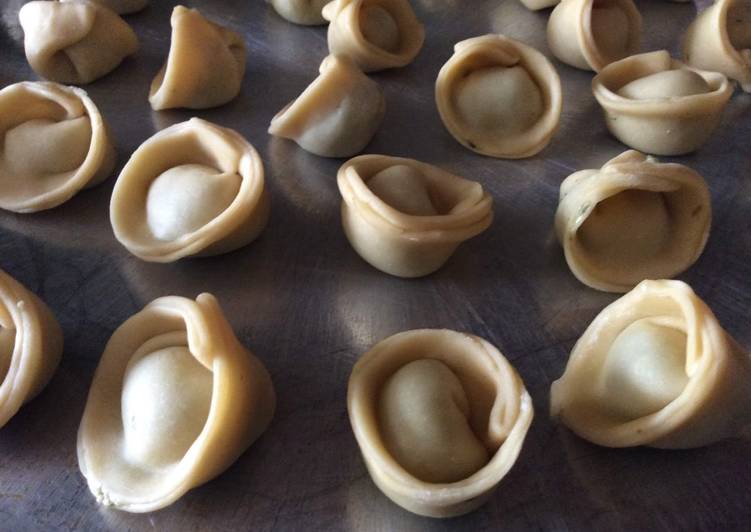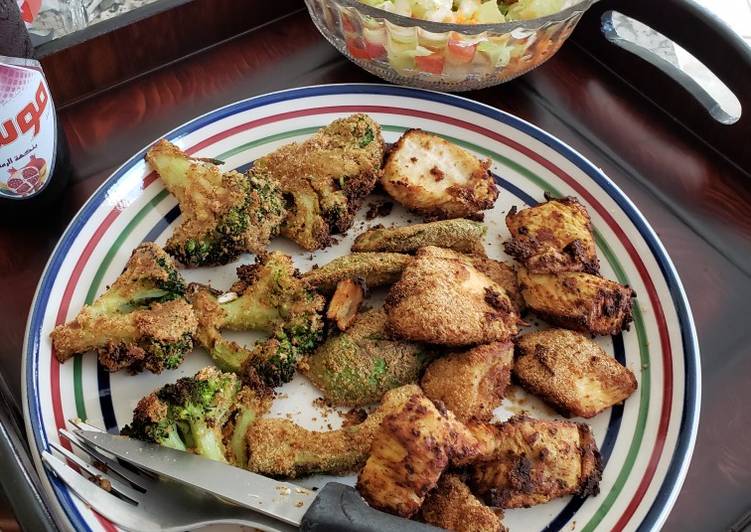
Hello everybody, hope you are having an amazing day today. Today, I will show you a way to prepare a special dish, basic dough for homemade pasta. It is one of my favorites. For mine, I am going to make it a bit tasty. This will be really delicious.
A homemade pasta dough recipe from Jamie Oliver that shows you how to make fresh pasta. A basic recipe for fresh egg pasta. Just mix eggs & flour with a little love & attention. I made lasagna noodles this was my first time making homemade pasta it was fantastic.
Basic Dough for Homemade Pasta is one of the most popular of recent trending foods in the world. It’s easy, it is quick, it tastes delicious. It is enjoyed by millions daily. They’re nice and they look fantastic. Basic Dough for Homemade Pasta is something which I have loved my entire life.
To begin with this particular recipe, we have to first prepare a few components. You can have basic dough for homemade pasta using 4 ingredients and 21 steps. Here is how you cook it.
The ingredients needed to make Basic Dough for Homemade Pasta:
- Get 4 cups all purpose flour (100 grams approx.)
- Take 4 whole eggs at room temperature
- Get 8 teaspoons oil
- Prepare 1/2 teaspoon salt
There are countless subtle variations on how to make fresh pasta, some quite a lot more complicated. Consistently great and easy pasta dough. This makes really great homemade linguine or ravioli for a manual pasta machine. I followed the directions as written and used the dough to make spinach/mushroom ravioli and it was perfect!
Steps to make Basic Dough for Homemade Pasta:
- Ingredients:
- For the dough bun:
- On a clean surface mix the flour, salt and form a crown
- In the center of it add the egg and oil - Beat the eggs gently
- With the fingers slowly integrate the flour with the liquid ingredients, until the flour is well combined
- Knead by working the dough by hand for a minimum time of 10 minutes, stretching and pushing the dough with the base of the palm of the hands until it takes a shiny satiny appearance, it should not be sticky but neither too dry and hard, in this step the quality of the flour and the size of the eggs are usually determining factors
- If it is necessary to add a little water it is usually enough to wet your hands once during the kneading, in case it is necessary to add flour add it in the form of a light sprinkle on the work surface with caution not to exceed the amount
- Once the kneading is complete, form a ball, cover with a film and let it rest for at least a half hour, this helps the dough lose the excess elasticity it acquires during the kneading, that makes the dough resistant and shrink at the time of stretching
- To stretch the dough:
- Separate the bun in four parts to facilitate the process of stretching it - Work with one, the rest keep covered with the film so they do not dry
- Flour the surface with a minimum amount of flour, the quantities of flour that we will use to flour the surface are not in the recipe of the dough - Place a part of the dough on the flour, flatten it with your hand - Rest the rolling pin on one end of the dough, roll it over it, pressing firmly and evenly from one end to the other end of the dough
- Repeat the action until achieving the desired thickness - Do the same with the remaining three parts, cover the dough
- To cut:
- There is a large variety of pasta cutting tools on the market that are very helpful for this step - If you do not have any of these utensils, a sharp knife, a glass or can of the desired diameter, the pizza wheel or a ruler will work
- To prepare: linguini, trenette, fettuccine, tagliatelle, pappardelle - Roll the stretched dough as tight as possible - Cut it with a sharp knife in thicker or thinner strips depending on the type of pasta you have chosen - You can cook them immediately - If you're not going to use the fresh pasta, I suggest you sprinkle it with flour once you've cut it - You can let them dry on a floured surface or hung until dry
- To prepare stuffed pastas like: tortellini, capeleti, agnoloti - Cut the stretched dough by pressing with a glass or can of the desired diameter
- Moisten the edge with water, fill with the filling of your liking, and close in the shape desired
- To prepare the dough to make lasagna or cannelloni - Cut the stretched dough using the pizza wheel - Then proceed to fill them with the filling of your liking
- To prepare ravioli - On a dough sheet place portions of the filling you have chosen separately - Brush the dough around the filling with water - Cover with the other dough sheet - Remove the accumulated air between the sheets of dough with the help of the hand - Cut with the ravioli cutter or with a ruler making firm pressure on the dough until it is cut
- For stuffed pasta: cannelloni, lasagnas, tortellini, capeletis, agnolotis and ravioli - I recommend you work as quickly as possible in assembling it so that the dough does not dry too much
- You can keep them in a tray covered with plastic wrap in the refrigerator or if you want you can freeze them in a suitable bag and use it freezed boiling it at the time of cooking
This makes really great homemade linguine or ravioli for a manual pasta machine. I followed the directions as written and used the dough to make spinach/mushroom ravioli and it was perfect! The consistency of this dough worked well with my. Homemade Pasta is something everyone should make at least once in their lifetime. I've made pasta using only all-purpose flour before.
So that’s going to wrap this up for this special food basic dough for homemade pasta recipe. Thank you very much for reading. I am confident you can make this at home. There’s gonna be interesting food in home recipes coming up. Remember to bookmark this page on your browser, and share it to your loved ones, colleague and friends. Thanks again for reading. Go on get cooking!

